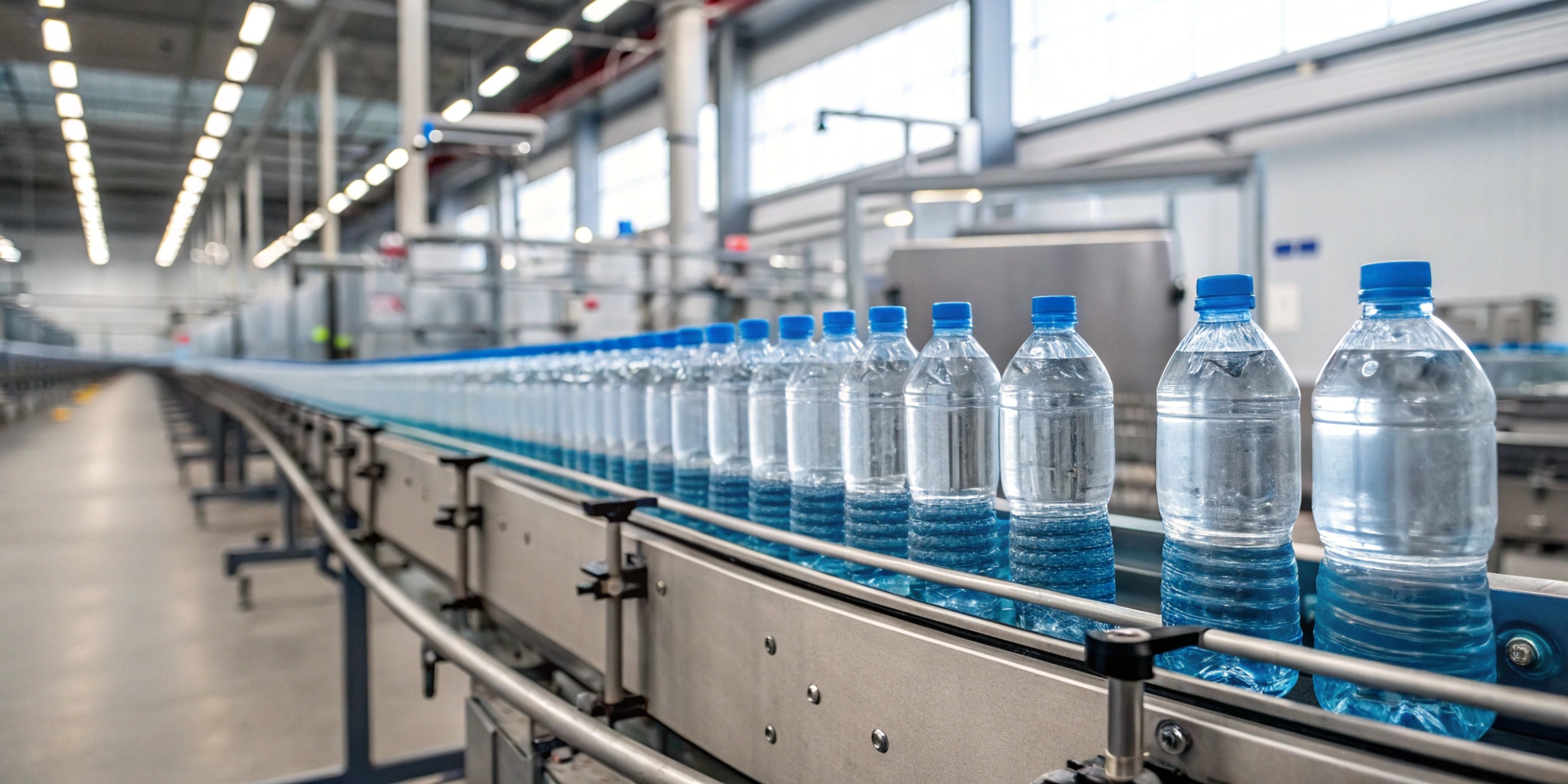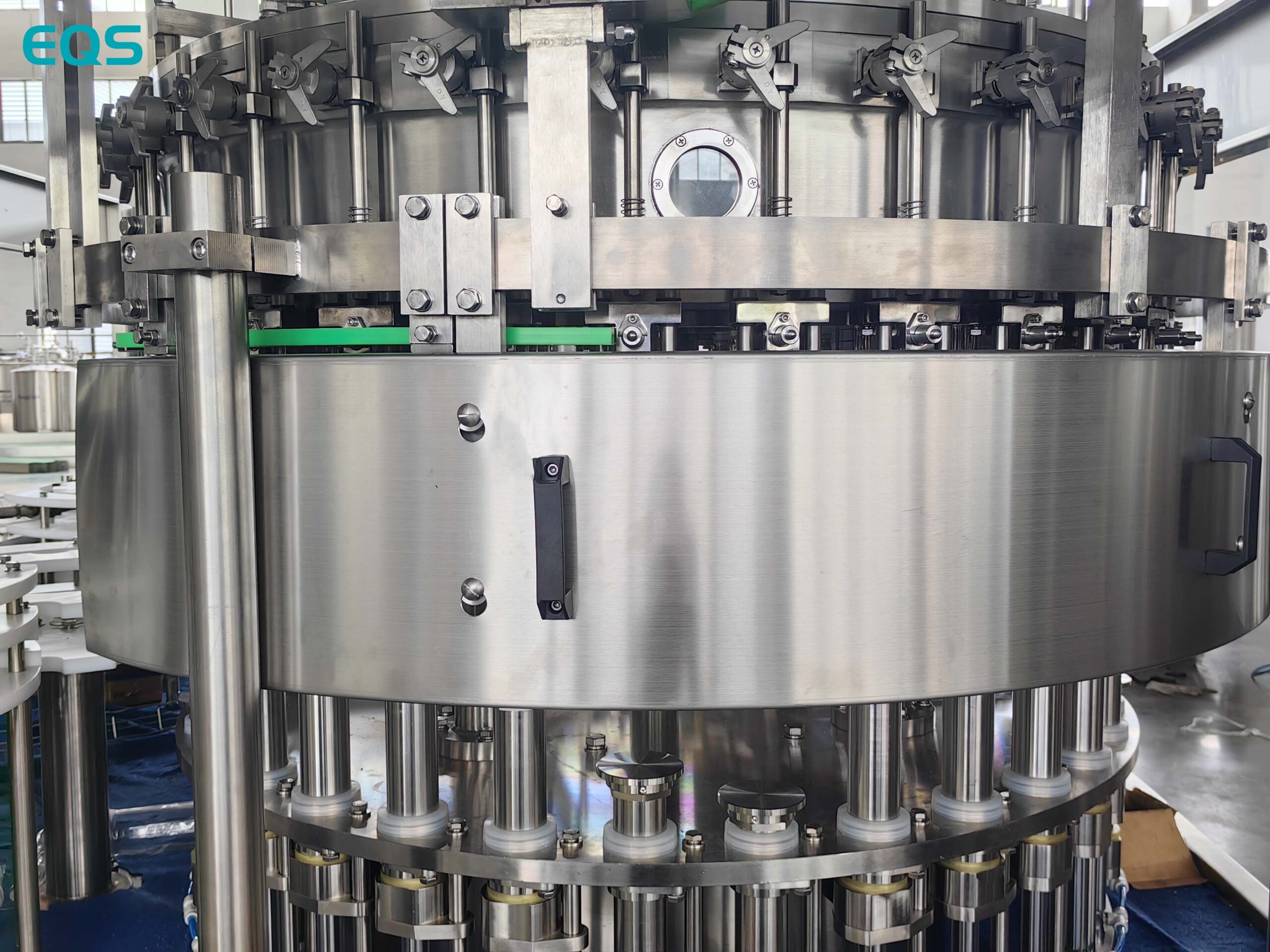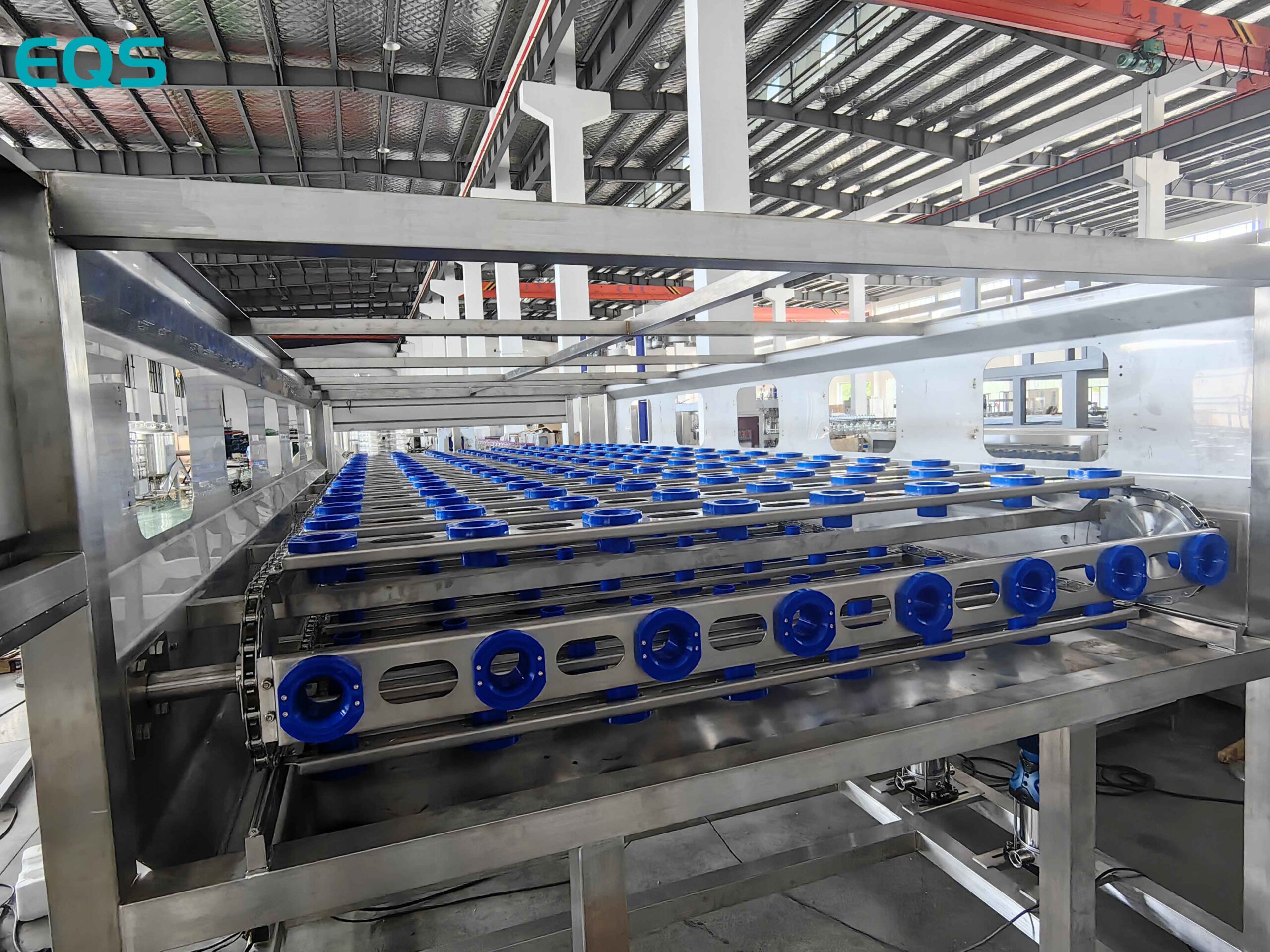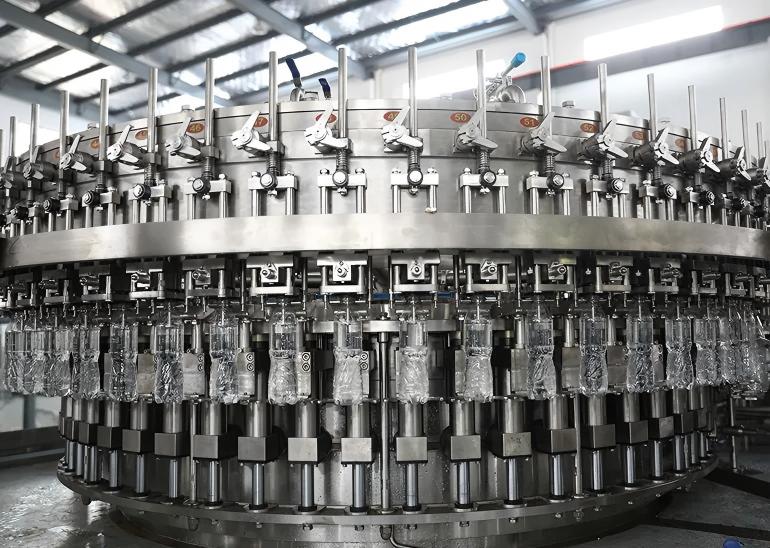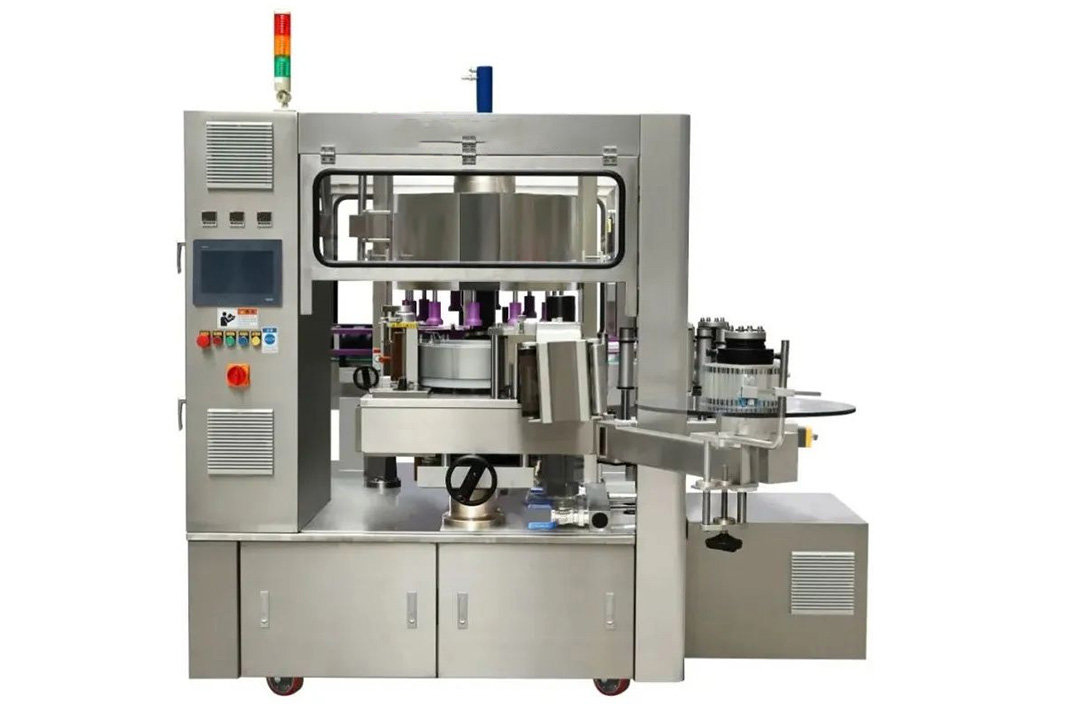What Materials Can Be Used to Make a Beer Can, and Why?
leading paragraph:
Ever wondered what your beer can is really made of? It’s more than just metal!
snippet paragraph:
Beer cans are primarily made of aluminum alloy, typically containing about 1% magnesium and 1% manganese. The inside has an epoxy coating to prevent the beer from contacting the metal and causing corrosion. This combination ensures the can is lightweight, durable, and protects the beer’s quality.
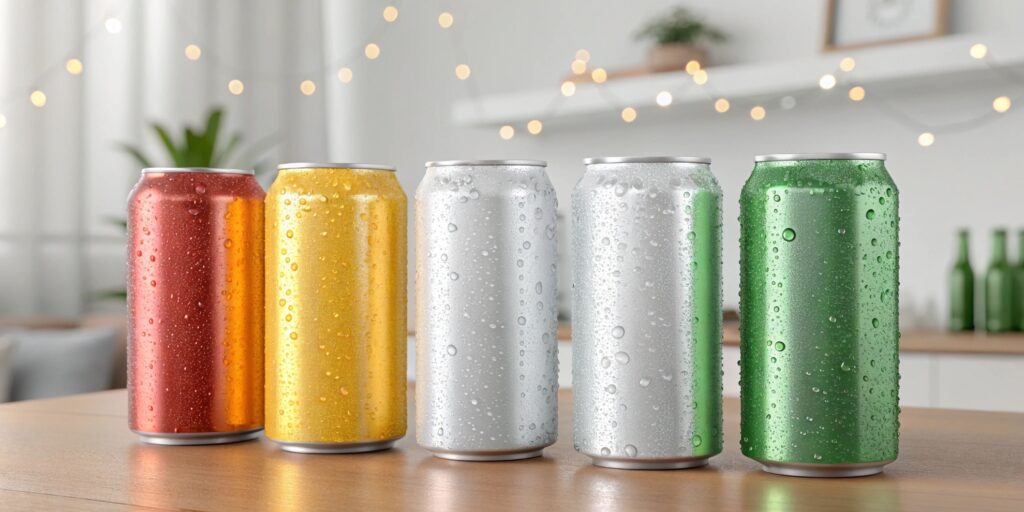
Transition Paragraph:
Let’s dive into the specific reasons why these materials are chosen and how they contribute to the overall quality and preservation of the beer.
Which Material is Used in Beer Can?
leading paragraph:
What’s the main metal component of a beer can?
snippet paragraph:
The primary material in a beer can is aluminum. Aluminum is lightweight, corrosion-resistant, and highly recyclable, making it an ideal choice for beverage packaging.
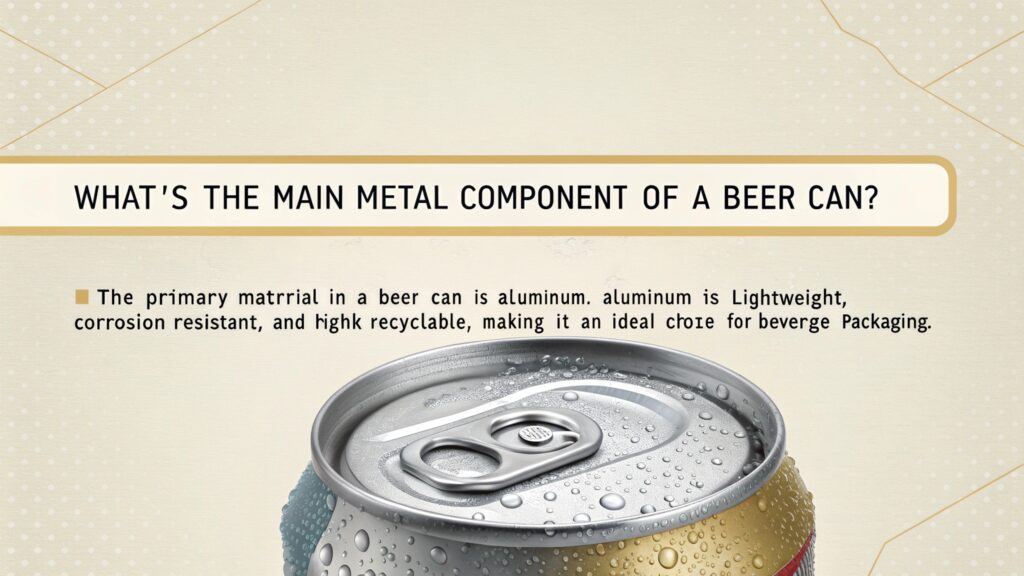
Key Properties of Aluminum
- Lightweight: Reduces transportation costs and is easy for consumers to handle.
- Corrosion-Resistant: Protects the beer from reacting with the metal.
- Recyclable: Environmentally friendly and conserves resources.
- Malleable: Can be easily shaped into cans.
- Impermeable: Prevents oxygen and light from affecting the beer.
Dive deeper Paragraph:
Aluminum is the perfect material for beer cans because it strikes the right balance between functionality and sustainability. Its lightweight nature makes it cheaper to transport beer across long distances, and it’s also easier for consumers to carry around. Aluminum’s natural resistance to corrosion prevents the beer from reacting with the metal, which could alter its taste. And perhaps most importantly, aluminum is highly recyclable, meaning that used cans can be melted down and turned into new cans, reducing the need for virgin materials and minimizing environmental impact.
What Materials Are Used to Make Cans?
leading paragraph:
Are all cans made of the same materials as beer cans?
snippet paragraph:
While aluminum is common for beverage cans, other materials include steel (often tin-plated) for food cans. These materials are chosen for their durability, ability to be sealed, and protection against contamination.
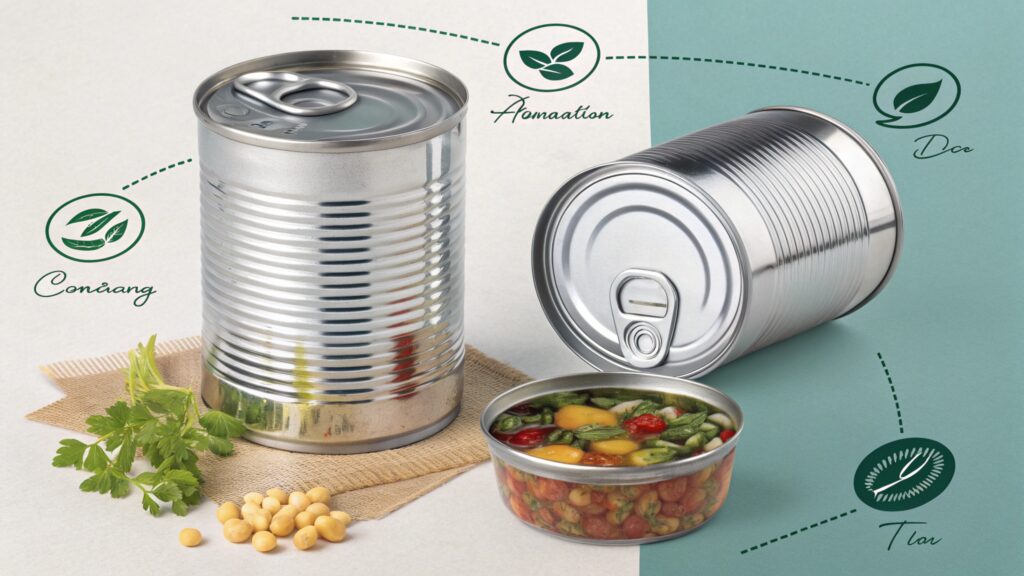
Materials Used in Different Cans
- Aluminum: Beverages (beer, soda, juice)
- Steel (Tin-Plated): Food (soups, vegetables, canned goods)
- Epoxy Coating: Inner lining to prevent corrosion in both aluminum and steel cans.
- Paper Labels: Outer packaging for branding and product information.
- Plastic Linings: Some cans may have plastic linings for specific food products.
Dive deeper Paragraph:
While aluminum dominates the beverage can market, steel is still widely used for food cans due to its strength and ability to withstand the high temperatures involved in food canning processes. Steel cans are often coated with a thin layer of tin to prevent corrosion and ensure the food remains safe and fresh. Both aluminum and steel cans typically have an inner lining, often made of epoxy, to prevent the contents from directly contacting the metal and potentially reacting with it. This lining is crucial for maintaining the quality and flavor of the product inside. I once read about a study that found that the type of lining used in a can can significantly affect the taste of canned tomatoes, highlighting the importance of this often-overlooked component.
What Materials Are Used to Make Beer?
leading paragraph:
Does the beer itself affect the choice of can material?
snippet paragraph:
The materials used to make beer are primarily: 1) Water 2) Malted barley 3) Hops 4) Yeast. These ingredients undergo a fermentation process to create the final beer product.
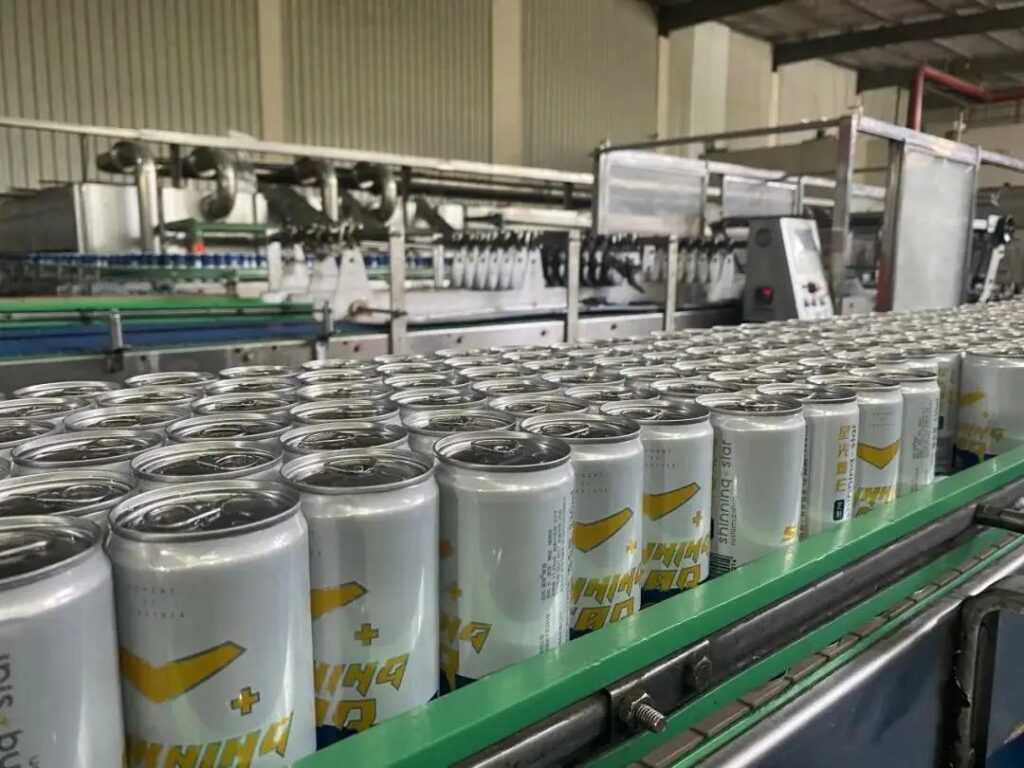
Essential Beer Ingredients
- Water: The main component, affecting the beer’s taste and body.
- Malted Barley: Provides fermentable sugars for the yeast.
- Hops: Adds bitterness, aroma, and flavor to the beer.
- Yeast: Converts sugars into alcohol and carbon dioxide.
- Adjuncts (Optional): Other grains or sugars to modify flavor and body.
Dive deeper Paragraph:
The ingredients used to make beer have a significant impact on its final flavor and characteristics. Water, the main component, can affect the beer’s taste and body depending on its mineral content. Malted barley provides the fermentable sugars that the yeast will convert into alcohol and carbon dioxide. Hops add bitterness, aroma, and flavor to the beer, and different varieties of hops can impart a wide range of flavors, from citrusy to floral to earthy. Yeast is the workhorse of the brewing process, converting the sugars into alcohol and carbon dioxide, and different strains of yeast can produce different flavor profiles. Some brewers also add adjuncts, such as corn or rice, to modify the flavor and body of the beer.
What Are Beer Cans Made Of?
leading paragraph:
Let’s summarize the components of a modern beer can.
snippet paragraph:
Modern beer cans are made of: 1) Aluminum alloy (body) 2) Epoxy coating (inner lining) 3) Aluminum or steel (lid) 4) Pull tab (aluminum) This combination ensures the beer stays fresh and the can is easy to use and recycle.
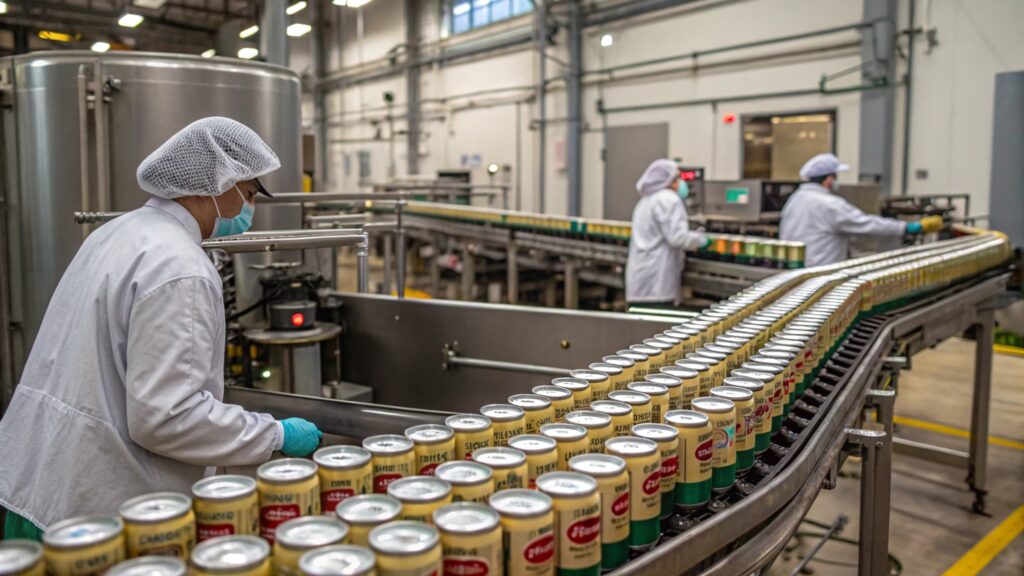
Beer Can Components and Materials
- Aluminum Alloy Body: Provides structure and protection.
- Epoxy Coating: Prevents corrosion and maintains beer quality.
- Aluminum or Steel Lid: Seals the can and allows for easy opening.
- Aluminum Pull Tab: Used to open the can.
- Ink and Labels: For branding and product information.
Dive deeper Paragraph:
A modern beer can is a marvel of engineering, designed to protect the beer, maintain its quality, and be easy for consumers to use and recycle. The aluminum alloy body provides the structural integrity of the can, while the epoxy coating prevents the beer from reacting with the metal. The lid, typically made of aluminum or steel, seals the can and allows for easy opening with the pull tab. The pull tab itself is usually made of aluminum and is designed to remain attached to the can after opening to prevent littering. Finally, the ink and labels provide branding and product information, helping consumers choose their favorite beers.
Conclusion
Beer cans are cleverly engineered using aluminum alloy for the body, an epoxy coating to protect the beer, and an aluminum or steel lid. This combination ensures the beer stays fresh, the can is easy to use, and the materials are readily recyclable, making it a sustainable choice for beverage packaging.
My name is Allen, and I’m an expert in filling machine technology at EQS (eqsfilling.com), a leading liquid packaging solution provider based in China. If you’re looking for top-quality filling machines for your production line, feel free to reach out to me at [email protected]. We specialize in providing customizable solutions with cutting-edge technology.


